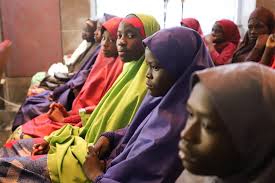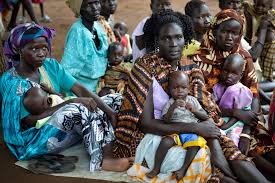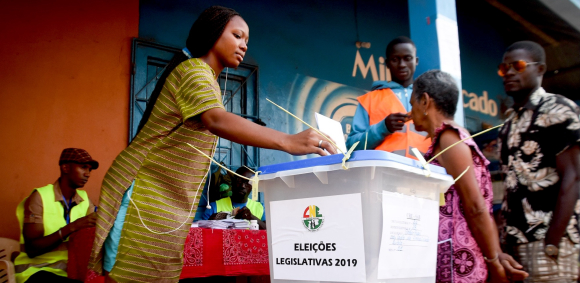The death toll from the anti-government protests that rocked Kenya on Monday, July 7, has risen to at least 31, according to the Kenya National Commission on Human Rights (KNCHR), sparking nationwide outrage, demands for justice, and renewed calls for President William Ruto to resign. The protests, which turned deadly in 17 of the country’s 47 counties, were initially organized to mark Saba Saba Day, a historic commemoration of Kenya’s struggle for multi-party democracy.
More than 100 people were reportedly injured and over 532 arrested during the clashes in Nairobi and other major cities. Demonstrators, mainly composed of Gen-Z youth, took to the streets chanting slogans like “Ruto must go” and “wantam” (short for “one term”), expressing deep dissatisfaction with soaring costs of living, tax hikes, and rising state repression.
Despite the state-run human rights commission confirming the higher death toll, the Kenya Police Service maintains that only 11 people died during the protests. The United Nations condemned the use of “lethal ammunition” by Kenyan police and expressed concern over escalating violence. UN Human Rights spokesperson Ravina Shamdasani criticized the security forces for deploying live rounds, rubber bullets, tear gas, and water cannons, stating that the crackdown violated international human rights standards.
Among the dead is a 12-year-old child in Kiambu who was struck by a stray bullet while at home. Hospitals in affected areas were not spared either two were reportedly attacked by unidentified groups who looted medical supplies and harassed staff, according to Reuters.
This latest wave of unrest follows the controversial death of popular blogger Albert Ojwang in police custody last month, which reignited public fury and drew attention to longstanding issues of police brutality, arbitrary arrests, and suppression of dissent. The Kenya protests echo similar unrest from June 25, when at least 19 people were killed during demonstrations honoring victims of the 2023 anti-tax protests.
Opposition leaders accused the government of orchestrating the chaos by deploying armed gangs using unmarked police vehicles into opposition strongholds to incite violence and sabotage the protests. In a defiant joint statement, opposition figures called for a national boycott of businesses tied to President Ruto’s administration and pledged to resist what they termed “a hostile regime” engaged in extrajudicial killings.
Interior Minister Kipchumba Murkomen defended the security forces, commending them for their restraint and blaming “criminal elements” for the violence. Meanwhile, Chief Justice Martha Koome issued a stern warning about the implications of continued civil unrest on Kenya’s democratic stability.
Religious and civil society organizations are now urging for an independent investigation into the killings, arbitrary detentions, destruction of property, and human rights abuses, calling for accountability from both state and non-state actors involved in the chaos.
The protests, largely youth-led, highlight a growing generational divide in Kenya’s politics, as young people mobilize against entrenched power structures, economic inequality, and state violence. According to a tally by The Star newspaper, more than 140 Kenyans have been killed in protests since 2023, making this one of the most turbulent periods in the country’s recent political history.
As pressure mounts on the government to engage in national dialogue, the world watches closely, with growing concern over Kenya’s democratic trajectory, the safety of its citizens, and the future of civic freedoms in East Africa’s largest economy.














Leave a comment